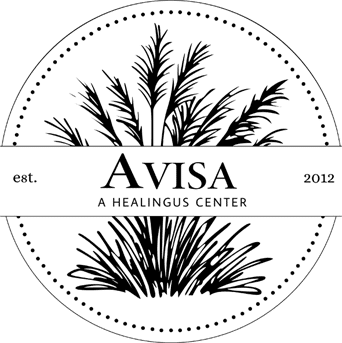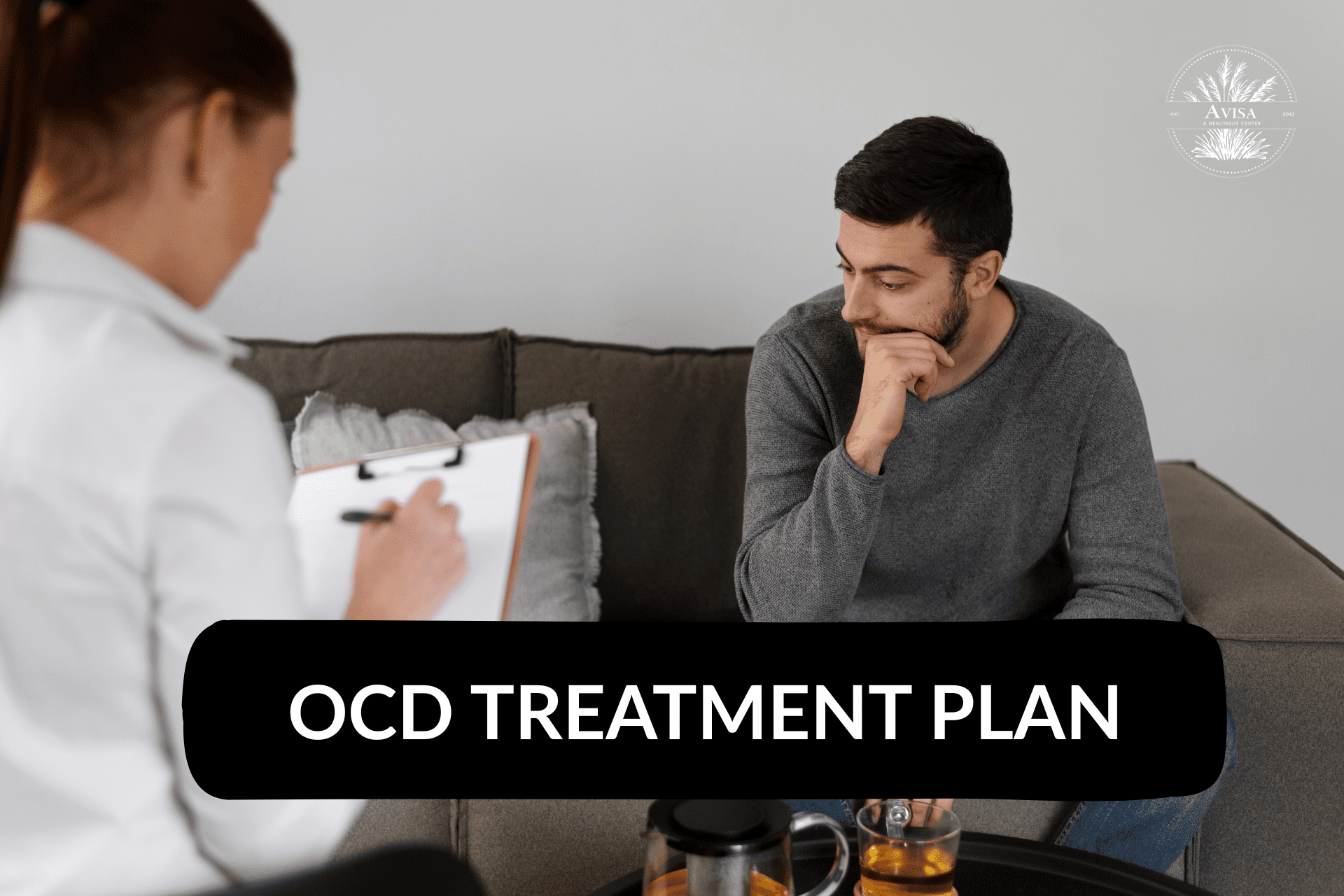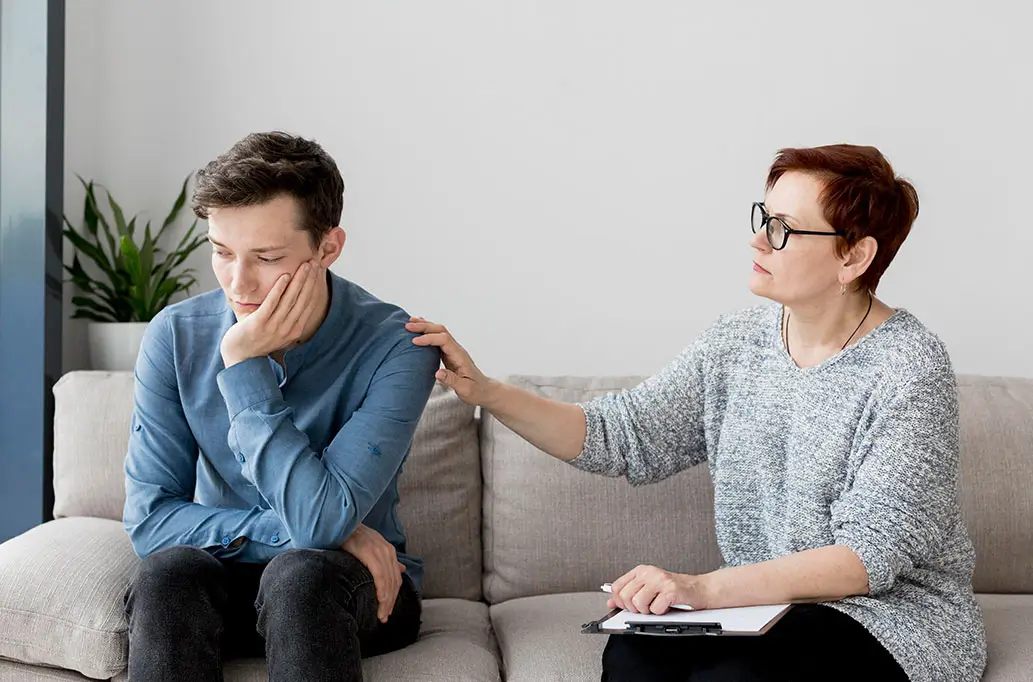If you’ve ever whispered that to yourself through clenched teeth and quiet tears, you’re not alone. Obsessive-Compulsive Disorder (OCD) isn’t a quirky habit or a punchline in a movie. It’s a deeply personal, exhausting battle that plays out in your mind every single day, and sometimes all night too.
The intrusive thoughts. The rituals. The “what if” loop you can’t break. You try to control it, ignore it, outthink it, and yet, it keeps coming back louder.
But here’s the truth that often gets lost: OCD is treatable. There’s a way forward that doesn’t involve white-knuckling through your day or hiding your pain from the world.
This guide will walk you step-by-step through an effective, compassionate OCD treatment plan, a plan that’s rooted in science, built with care, and focused on helping you truly heal. Because you don’t have to live like this forever.
What Is OCD, Really? (And Why a Plan Is So Important)
Obsessive-Compulsive Disorder (OCD) is a mental health condition that involves persistent, unwanted thoughts (obsessions) and repetitive behaviors (compulsions). These thoughts can be terrifying, inappropriate, or downright confusing. The compulsions may seem irrational, but to the person experiencing OCD, they feel necessary to prevent something bad from happening. Long-term studies indicate that 32% to 70% of individuals with OCD achieve symptomatic remission, underscoring the effectiveness of structured treatment plans.
Without a structured OCD treatment plan, this cycle can become a full-time job, draining your energy, your relationships, and your sense of self. That’s why a targeted, multi-step approach is key to lasting recovery.
Step 1: Professional Diagnosis & Personalized Assessment
Recovery starts with understanding what you’re facing. A licensed mental health professional will evaluate your symptoms, rule out other conditions, and identify your OCD subtype. Subtypes may include:
- Contamination OCD
- Harm OCD
- Relationship OCD
- Symmetry/Ordering OCD
- Intrusive sexual or religious thoughts
This diagnostic clarity shapes the rest of your OCD treatment plan, ensuring you’re not guessing, you’re targeting.
Step 2: Cognitive Behavioral Therapy (CBT) & ERP
The backbone of nearly every OCD treatment plan is Cognitive Behavioral Therapy, specifically a method called Exposure and Response Prevention (ERP).
With ERP, you’re gently exposed to the thoughts or triggers that cause you anxiety, without engaging in the compulsive behavior. It’s scary at first, but it’s scientifically proven to rewire your brain and reduce OCD symptoms over time.
At Avisa Recovery, ERP is delivered by licensed professionals who work at your pace, with trauma-informed care and full emotional support.
Why ERP works:
- It breaks the cycle of anxiety and compulsions.
- It helps your brain realize that nothing bad happens when you don’t act on the obsession.
- Over time, your triggers lose their power.
Step 3: Medication as Part of the Plan
Medication can be an important piece of your OCD treatment plan, especially when symptoms are severe or if you’ve been struggling for years.
Most commonly prescribed:
- SSRIs like fluoxetine (Prozac), fluvoxamine (Luvox), or sertraline (Zoloft)
- In rare cases, other medications like clomipramine or atypical antipsychotics may be added
Medication isn’t a magic fix, but when paired with therapy, it can make a huge difference. At Avisa Recovery, we work closely with you and your prescriber to monitor progress and make adjustments that support your healing.
Step 4: Lifestyle Strategies That Support the Brain
OCD affects your thoughts, but your whole lifestyle affects your brain. That’s why a full-spectrum OCD treatment plan includes daily routines and tools that keep your body and mind in sync.
What we recommend:
- Regular sleep schedule (your brain needs rest)
- A balanced diet (omega-3s, lean protein, leafy greens)
- Gentle movement or exercise
- Limiting caffeine and alcohol
- Daily mindfulness practices (even 5 mins can help)
These habits aren’t about “being good”, they’re about giving your brain the support it needs to heal.
Step 5: Involving Your Family or Support System
OCD doesn’t just affect the person dealing with it. It often impacts everyone around them. A strong OCD treatment plan includes educating partners, parents, or friends so they can:
- Avoid accidentally reinforcing compulsions
- Support therapy goals
- Learn how to respond during a flare-up.
At Avisa Recovery, we offer family therapy and educational tools to help create a healing environment, not just for you, but for those walking this road with you.
Step 6: Relapse Prevention & Aftercare Planning
OCD can ebb and flow. Having a long-term OCD treatment plan means creating a strategy for what to do when things get hard.
We help clients:
- Recognize warning signs of relapse
- Create safety plans for high-stress periods.
- Establish support networks
- Maintain a connection with their therapist.
The goal? Make sure the progress you’ve made sticks, and that you know how to keep climbing even if you slip.
Step 7: Custom Care with Avisa Recovery
At Avisa Recovery, we don’t just “treat” OCD, we partner with you. Our OCD treatment plans are designed to meet your needs as a whole person. We offer:
- One-on-one therapy
- Group sessions with others who get it
- Medication management
- Holistic services (mindfulness, nutrition, and exercise support)
- Family involvement
- Trauma-informed, compassionate care
Healing happens when treatment is rooted in trust, structure, and personal connection. Only 30% to 40% of individuals with OCD seek specialized treatment, underscoring the importance of accessible and personalized care options.
Why an OCD Treatment Plan Works
A strong OCD treatment plan brings:
- Structure to chaos
- Hope to the hopeless
- Tools instead of just talk
- A clear path instead of a lifelong cycle
You deserve that kind of care. You deserve peace.
Conclusion: You Deserve Relief, And It’s Closer Than You Think
You’re not “too far gone.” You’re not weak. You’re not broken.
You’re just dealing with something that feels invisible on the outside but weighs like a mountain on the inside. And the truth is, no one should have to carry that alone, and you don’t have to anymore.
A solid, structured OCD treatment plan can help you quiet the noise, regain control, and reconnect with the parts of you that OCD tried to steal. It’s not a magic fix, it’s a real journey. But every single step is worth it.
At Avisa Recovery, we don’t just offer treatment. We offer understanding. Compassion. A team that listens and a plan that works.
You’ve spent long enough surviving.
Now it’s time to start thriving.
Ready to begin your recovery? Reach out to Avisa today. Your peace starts here.
FAQs
Q. What is the best OCD treatment plan?|
A. The best OCD treatment plan usually includes Cognitive Behavioral Therapy (CBT), especially Exposure and Response Prevention (ERP), and in some cases, medication like SSRIs. A personalized OCD treatment plan is important because it targets your specific symptoms and helps you build long-term coping strategies that reduce compulsions and intrusive thoughts.
Q. Can OCD go away with treatment?
A. OCD doesn’t typically “go away” completely, but a strong OCD treatment plan can reduce symptoms significantly. With consistent therapy and support, many people regain control over their thoughts and behaviors, leading to a much higher quality of life and long-term symptom management without constant distress.
Q. Is medication necessary for OCD treatment?
A. Medication isn’t always necessary, but it can be a helpful part of an OCD treatment plan, especially for moderate to severe cases. SSRIs are commonly prescribed to reduce obsessive thoughts. Medication works best when combined with therapy, particularly ERP, which teaches practical techniques to challenge obsessive-compulsive behaviors.
Q. How long does an OCD treatment plan take to work?
A. The timeline varies per person, but many people notice improvements within 8 to 12 weeks of starting a consistent OCD treatment plan. Long-term success often depends on ongoing therapy, lifestyle changes, and, in some cases, medication. Progress may be gradual, but persistence leads to measurable relief over time.
Q. Can you treat OCD without therapy?
A. While self-help strategies can offer support, a professional OCD treatment plan, especially one involving ERP therapy, is the most effective way to manage symptoms. Without therapy, it’s hard to break the compulsive behavior cycles. Therapy provides essential tools and accountability needed for long-term recovery and improved daily functioning.










